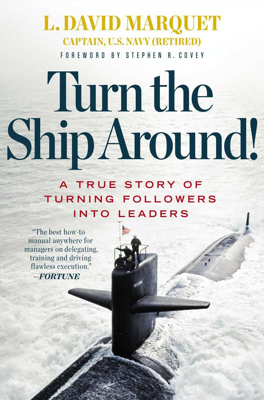A New Method of Resupplying
Incident in the Strait of Hormuz
During a deployment in the summer of 2001, USS Santa Fe faced a logistical challenge while operating in the Strait of Hormuz. An oil leak from a hydraulic ram threatened to cut the operation short due to dwindling oil supplies. The submarine, usually stocked for 90 days, risked failing to meet operational commitments for the first time.
Innovative Solution
Ensign Armando Aviles suggested resupplying from the USS Rainier, a nearby Navy fast-resupply ship. Despite typical procedures requiring a request via the Daily Intentions Message at least thirty-six hours prior, direct communication was attempted with Rainier, which was within visual range but unaware of Santa Fe's presence due to its covert operational status.
Direct Resupply Executed
Santa Fe successfully established contact with Rainier, and Captain Kendall Card of Rainier, emphasizing logistical support over bureaucracy, agreed to supply the oil. In an expedited and unconventional coordination, Santa Fe surfaced to receive not only oil but also newspapers and fresh fruits and vegetables (FFV).
Crew Coordination and Efficient Execution
The crew of Santa Fe displayed exceptional coordination and rapid response:
- Sonar Supervisor: Intended to retrieve the towed array for surfacing.
- Officer of the Deck (OOD): Prepared the submarine for surfacing.
- Chief of the Boat (COB): Managed preparations for breaking dive rig and receiving supplies.
- Doc Hill (Corpsman) and Scott Dillon (YN1): Organized medical checkups and mail transfer, respectively.
- Supply Officer: Handled the oil transfer operations.
The crew’s swift action and the leader-leader model facilitated a seamless resupply, enabling Santa Fe to remain operational and undetected in the strategically sensitive area.
Conceptual Shift: From Empowerment to Emancipation
The episode highlights the transition from empowerment to emancipation:
- Empowerment: Traditionally involves granting autonomy by a top-down approach but remains a facet of the leader-follower model.
- Emancipation: Focuses on recognizing and unleashing inherent talents within the team, implying that the leader does not grant power but removes barriers to it—supported by competence and clarity.
Reflective Questions
- Consider whether current leadership practices extend beyond mere empowerment.
- Evaluate the integration of competence and clarity alongside control.
- Reflect on the shift from empowering staff to emancipating them, ensuring they are not dependent on leadership for their authority and creativity.
